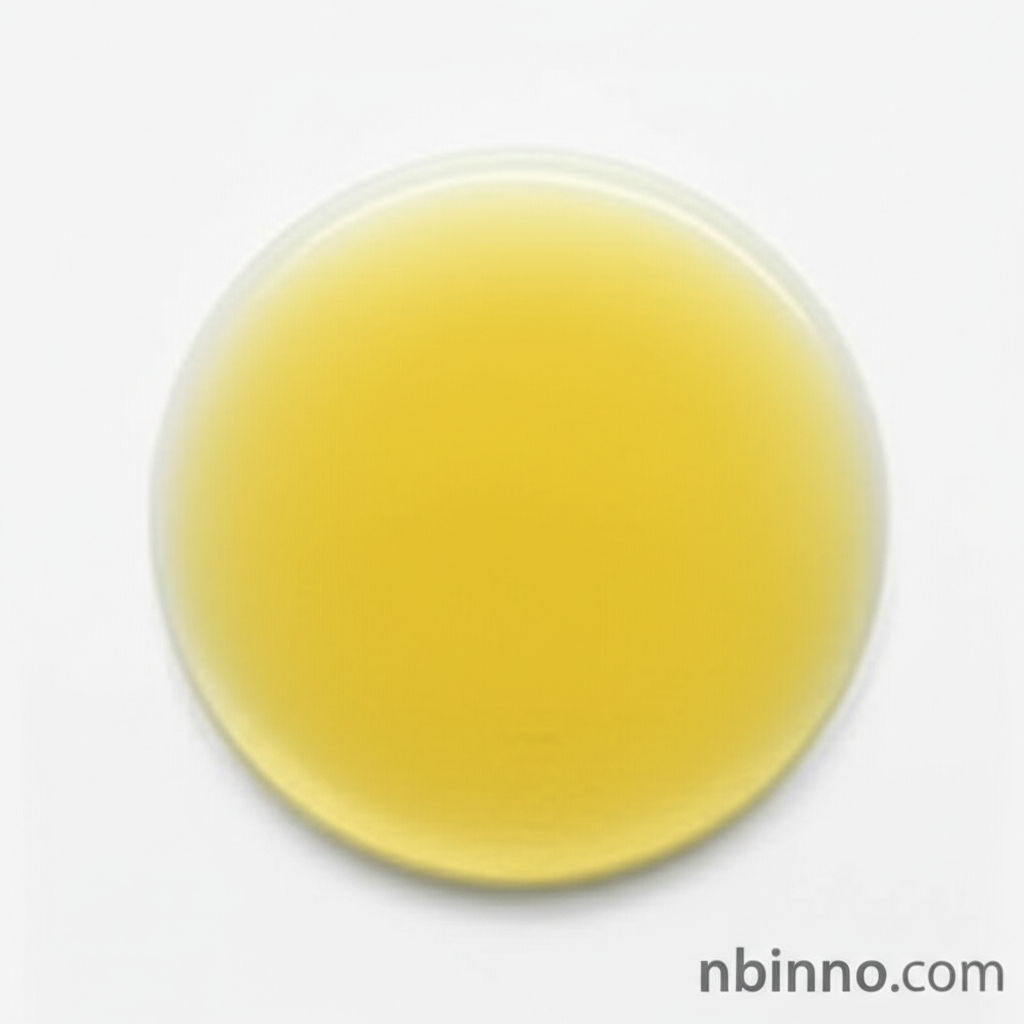Exploring 2,4,6-Trimethylaniline: A Key Organic Synthesis Intermediate
Discover the versatile properties and critical applications of this essential aromatic amine in modern chemical processes.
Get a Quote & SampleProduct Core Value

2,4,6-Trimethylaniline
2,4,6-Trimethylaniline serves as a vital intermediate in numerous organic synthesis pathways, particularly valued for its role in creating complex molecules and advanced materials.
- As a key intermediate for dyes and pigments, it facilitates the creation of vibrant and durable colorants, essential for various industries.
- It acts as a crucial building block for synthesizing bulky ligands used in coordination chemistry and catalysis, significantly impacting catalyst efficiency and selectivity.
- The compound is instrumental in the preparation of N-heterocyclic carbene ligands, which are critical components in advanced catalysts like Grubbs' catalysts for olefin metathesis.
- Leveraging its unique chemical structure, it's used to produce glyoxal-bis(mesitylimine), a precursor to popular N-heterocyclic carbene ligands, aiding in the synthesis of various metal complexes.
Advantages Provided by the Product
Versatile Reactivity
The presence of the amine group and methyl substituents on the aromatic ring offers diverse reactivity, making it a versatile component in organic synthesis building block applications.
Catalysis Advancement
Its role in synthesizing bulky ligands directly contributes to the development of more efficient and selective catalysts, crucial for advanced ligand design for catalysis.
Colorant Innovation
As a dye precursor, it enables the development of specialized dyes, enhancing the palette and performance in sectors requiring precise color specifications.
Key Applications
Organic Synthesis
Utilized as a fundamental intermediate in the 2,4,6-trimethylaniline synthesis of complex organic molecules and pharmaceutical intermediates.
Dye and Pigment Industry
Serves as a precursor for the production of various dyes and pigments, supporting the specialty dyes and pigment precursors niche.
Coordination Chemistry
Essential in the synthesis of bulky ligands, contributing to advancements in catalysis and metal complex research, aligning with advanced ligand design for catalysis.
Catalyst Development
A key component in the creation of N-heterocyclic carbene ligands, vital for high-performance catalysts used in diverse chemical transformations, supporting its use as a chemical building blocks for material science.
